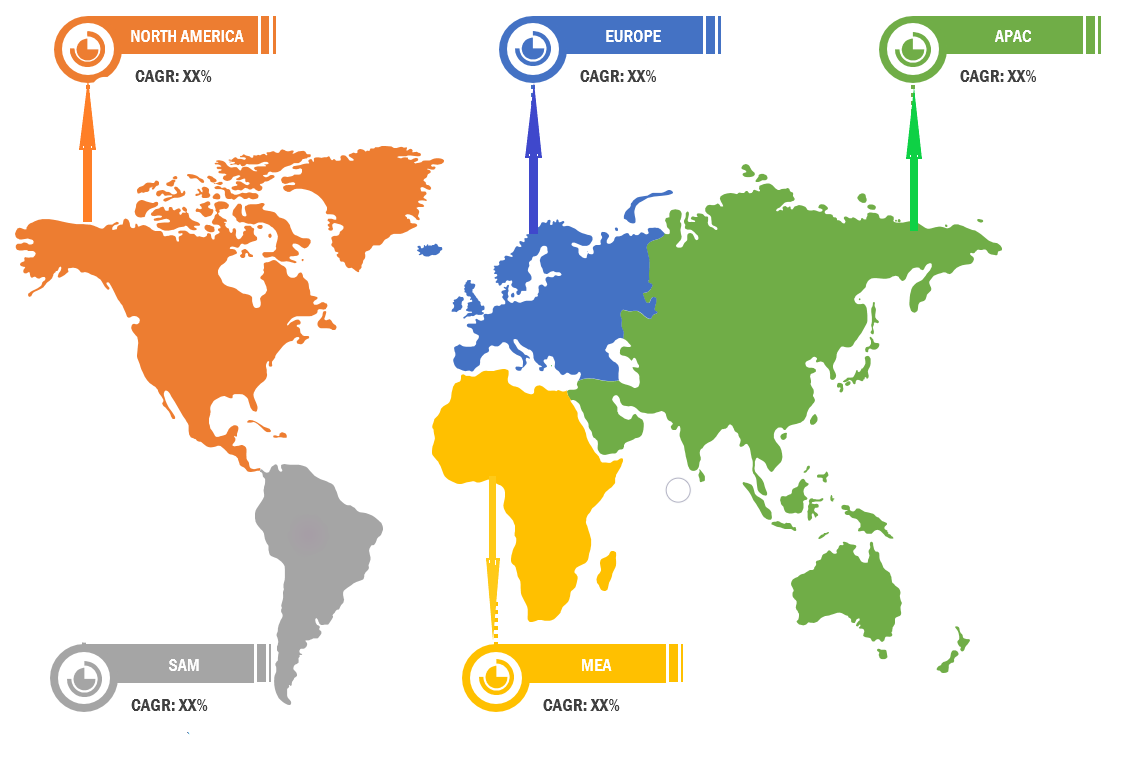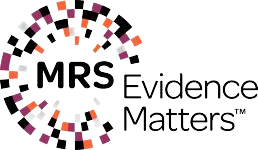Global Companion Animal Diagnostics Market – Overview
The report will cover the overall analysis and insights in relation to the size and growth rate of the “Global Companion Animal Diagnostics Market ” by various segments at a global and regional level for the 2014-2027 period, with 2014-2019 as historical data, 2020 as a base year, 2021 as an estimated year and 2021-2027 as forecast period.
Global Companion Animal Diagnostics Market – Introduction
- The growth in this market is driven by growth in the companion animal population, rising demand for pet insurance, and increasing number of veterinary practitioners in developed economies. The growing demand for rapid tests and portable instruments for point-of-care services is expected to offer potential growth opportunities for market players in the coming years.
Global Companion Animal Diagnostics Market Report Scope
- The scope of the report covers the clear understanding and overview of the product.
- Analysis of market trends in the region, with market data considering 2020 as the base year, 2021 as the estimate year and forecast for 2027 with projection of CAGR from 2021 to 2027.
- The report covers discussion of economic trends and technology.
- Market estimates represent revenue.
- In-depth analysis of the market segmentation assists in determining the prevailing market scope.
| Attribute | Details |
|---|---|
| Market size available for years | 2014–2027 |
| Base year considered | 2020 |
| Forecast period | 2021–2027 |
| Historical period | 2014-2019 |
| Forecast units | Value (USD) & Volume (Million Units) |
| Forecast units | Value (USD) & Volume (Million Units) |
| Segmentation | By Regions North America, Europe, Asia Pacific, Latin America and Middle East & Africa |
| By Countries United States, Russia, China, Germany, United Kingdom, France, Japan, Israel, Saudi Arabia, South Korea, United Arab Emirates, Canada, Indonesia, Malaysia, Switzerland, Australia, India, Italy, Sweden, Spain, Belgium, Netherlands, Norway, Brazil, Argentina, Mexico, South Africa and 54 Others. |
|
| By Technology
Clinical Biochemistry, Immunodiagnostics, Hematology, Urinalysis, Molecular Diagnostics and Others. |
|
| By Animal Type Dogs, Cats, Horses and Other Companion Animals (rabbits, reptiles, pet fish, and birds) |
|
| By Application Clinical Pathology, Bacteriology, Virology, Parasitology and Others (pregnancy testing, genetic testing, and toxicology testing) |
|
| By End User Veterinary Reference Laboratories, Veterinary Hospitals and Clinics, Point-of-care/In-house Testing, Research Institutes and Universities and Others. |
|
| Companies covered | Ameri-Pac Inc.; Bayer AG; Heska Corp.; Boehringer Ingelheim GmbH; Ceva Sante Animale; Conklin Company Inc; Elanco; IDvet ; IDEXX Laboratories, Inc.; INDICAL Bioscience GmbH; Merck Animal Health; Merial; Nutreco N.V.;Neogen Corp; QIAGEN N.V.; Randox Laboratories Ltd.; Thermo Fisher Scientific, Inc.; Vetiquinol S.A.; Virbac; Zoetis, Inc. and Others. |
Segments Covered in Global Companion Animal Diagnostics Market
- The global companion, animal diagnostics market, is segmented into five major regions, namely, North America, Europe, the Asia Pacific, Latin America, and the Middle East and Africa. In 2019, North America was estimated to be the largest regional market for companion animal diagnostics. However, the Asia Pacific market is expected to grow at the highest CAGR during the forecast period primarily due to factors such as growth in pet adoption, increasing awareness about animal health, and increasing per capita animal health expenditure, especially in India and China.
Covid-19 Impact on the Global Companion Animal Diagnostics Market
- COVID-19 is a new strain of corona-virus that has not been previously identified in humans. Corona-viruses (CoV) are a family of RNA (ribonucleic acid) viruses. COVID-19 started in Asia and is now spreading over the rest of the world via person-to-person contact and community spread. COVID-19 pandemic may have a potential impact on global companion, animal diagnostics market.
Recent Developments in Global Companion Animal Diagnostics Market
- In January 2020, IDEXX launched the Vcheck Feline NT-proBNP test kit
- In January 2020, Heska Corporation acquired SCIL Animal Care Company (Germany) to complement the company’s veterinary diagnostics portfolio and expand the geographic portfolio across North America and greater Europe and reach over to 25 countries across these regions.
- In July 2019, FujiFilm Corporation established FUJIFILM VET Systems Co., Ltd in Japan to supply its veterinary products segment to veterinary clinical practices in the country. This expansion would enhance the company’s veterinary medicine business in Japan.
- In January 2018, IDEXX launched the IDEXX Catalyst SDMA Test
- Zoetis acquired Abaxis, a pioneer in the veterinary point-of-care diagnostics field, for USD 2.0 billion in July 2018.
Key Market Players in Global Companion Animal Diagnostics Market
- The major players in the global companion, animal diagnostics market are BioMérieux SA; Heska Corp.; IDvet ; IDEXX Laboratories, Inc.; INDICAL Bioscience GmbH; Neogen Corp; QIAGEN N.V.; Randox Laboratories Ltd.; Thermo Fisher Scientific, Inc.; Virbac; Zoetis, Inc. and Others.
- Also, the global companion, animal diagnostics market analysis report includes information on upcoming trends and challenges that will influence market growth. This is to help companies strategize and leverage all forthcoming growth opportunities.
Objectives of the Global Companion Animal Diagnostics Market Study
- To provide detailed information regarding drivers, restraints, opportunities and challenges are influencing the growth in the global companion animal diagnostics market.
- To analyze the competitive intelligence of players based on company profiles and their key growth strategies.
- To strategically analyze micro markets with respect to the individual growth trends, their prospects, and their contribution to the total global companion animal diagnostics market.
- To analyze competitive developments such as expansions, and product launches, along with research & development (R&D) activities undertaken in the global companion animal diagnostics market.
- A unique model is created customized for each study also offers suggestions that help enterprises to identify and mitigate risks.
Note
- Global Industry Reports will also support you post-purchase for a period of 6 months to answer any of your queries related to the following market and to provide you any more data if you need, for your analysis.
- Also, you can buy some selected Chapters from the report.











